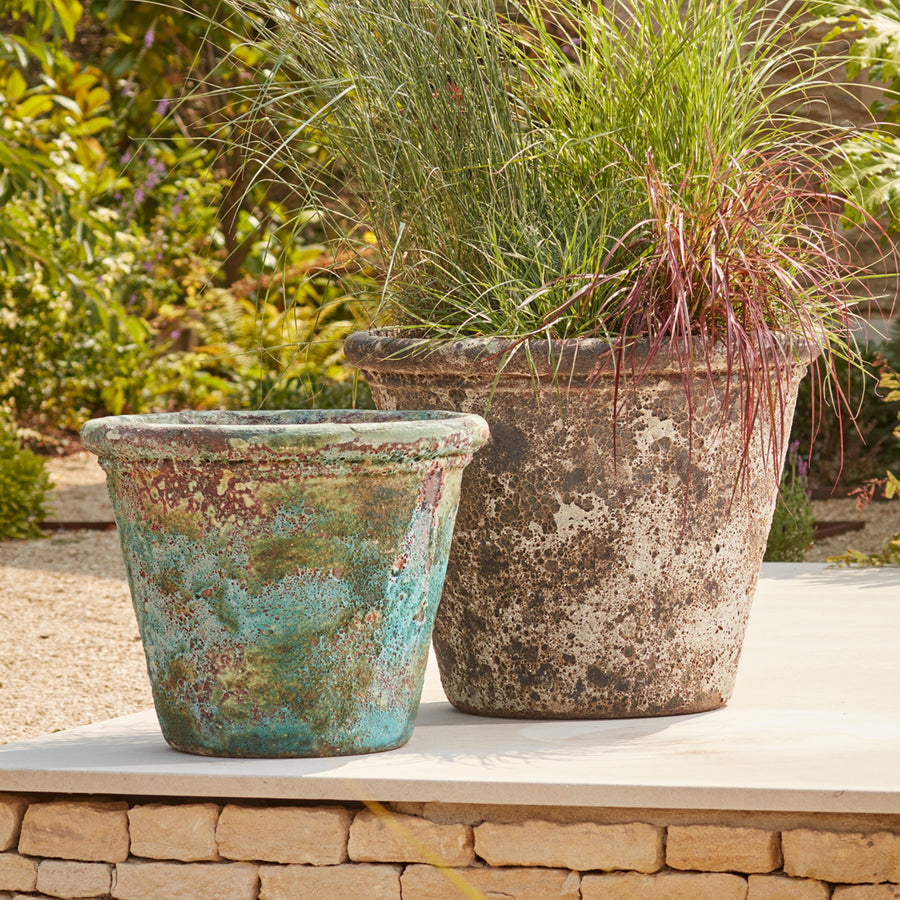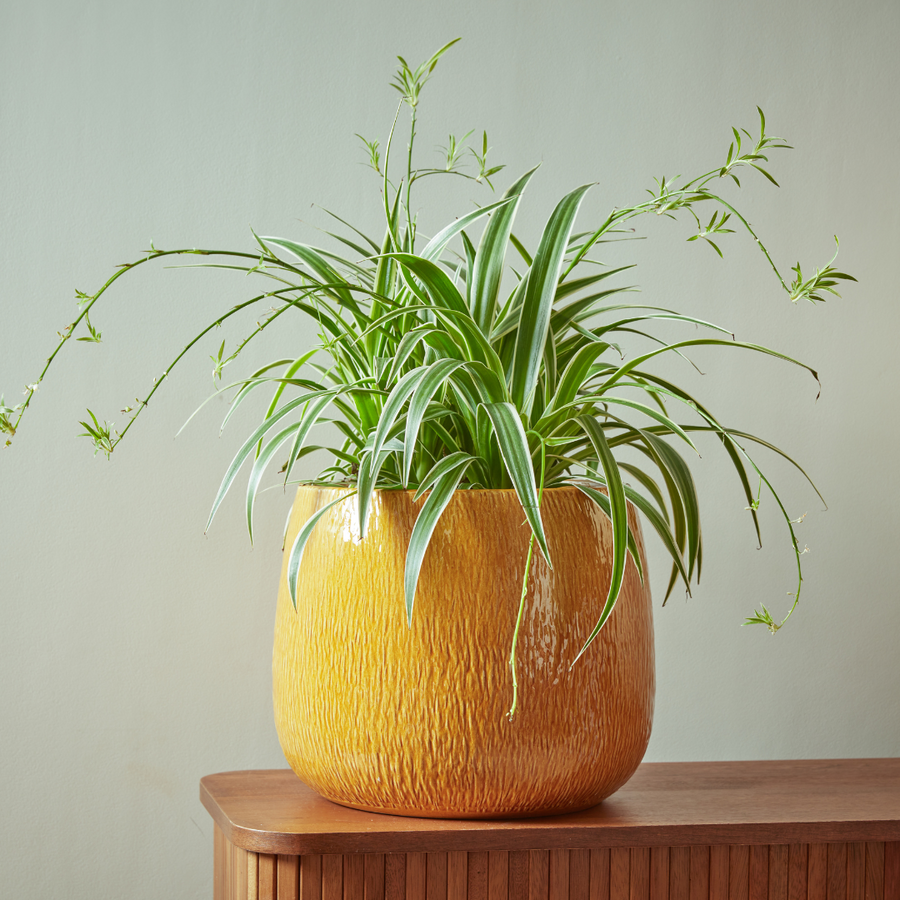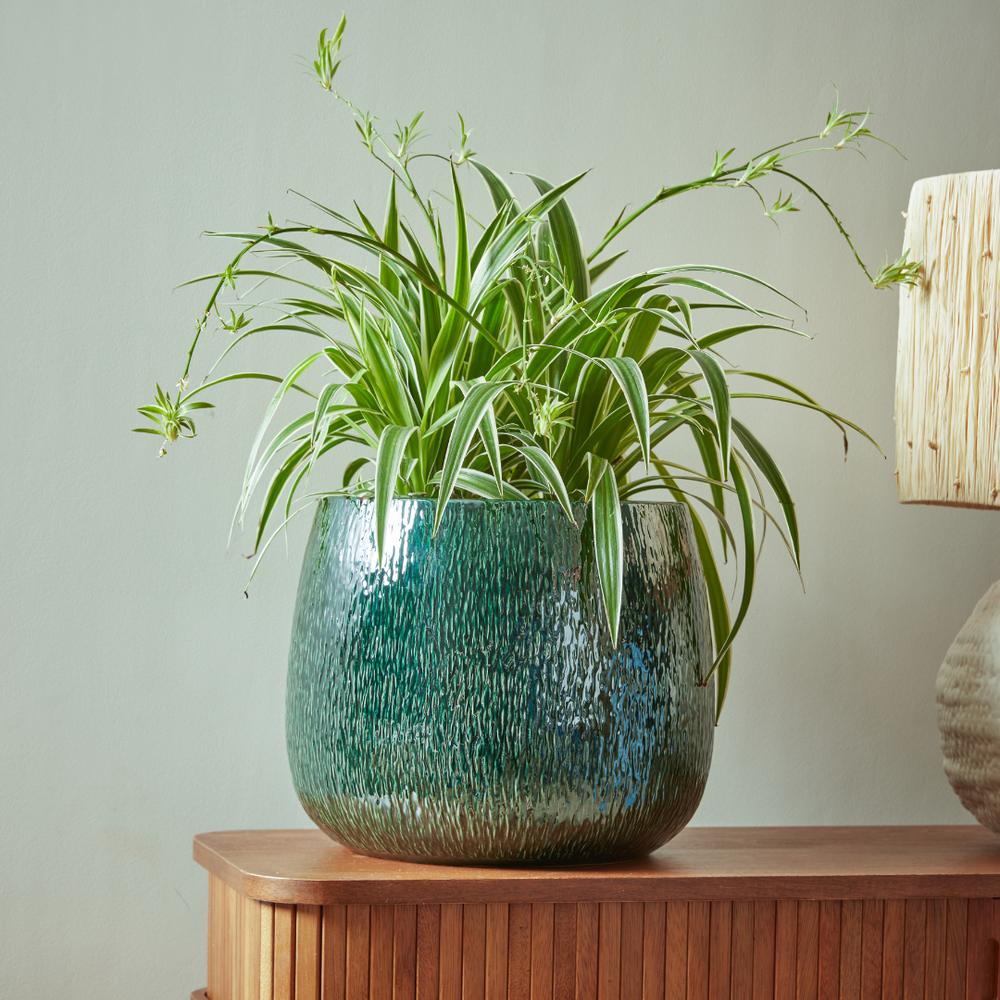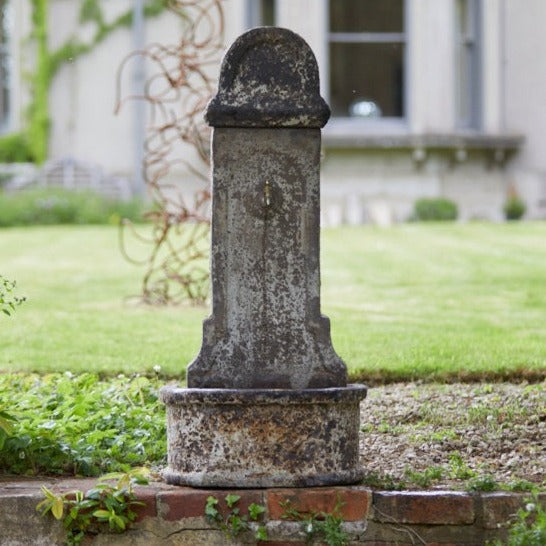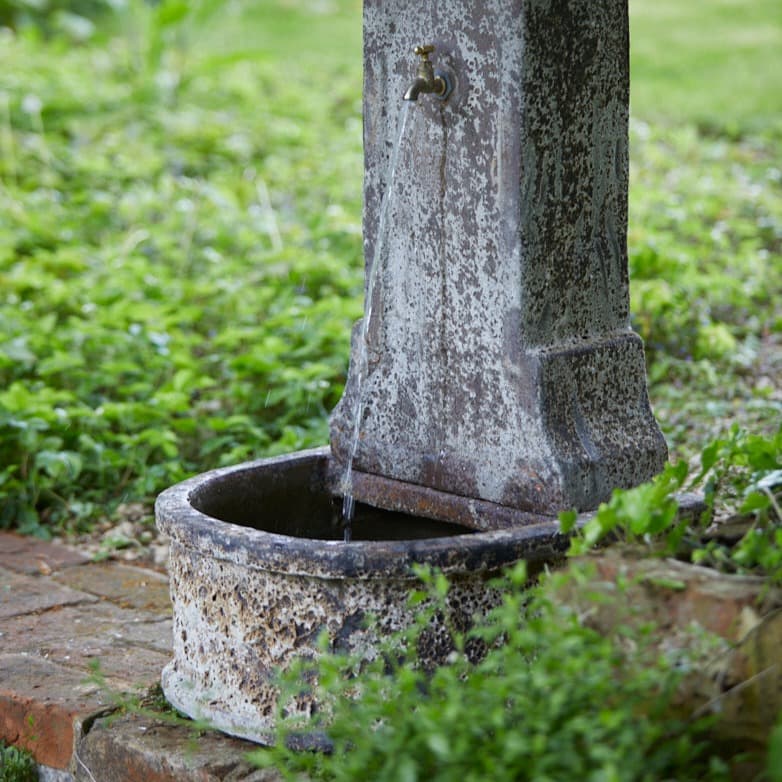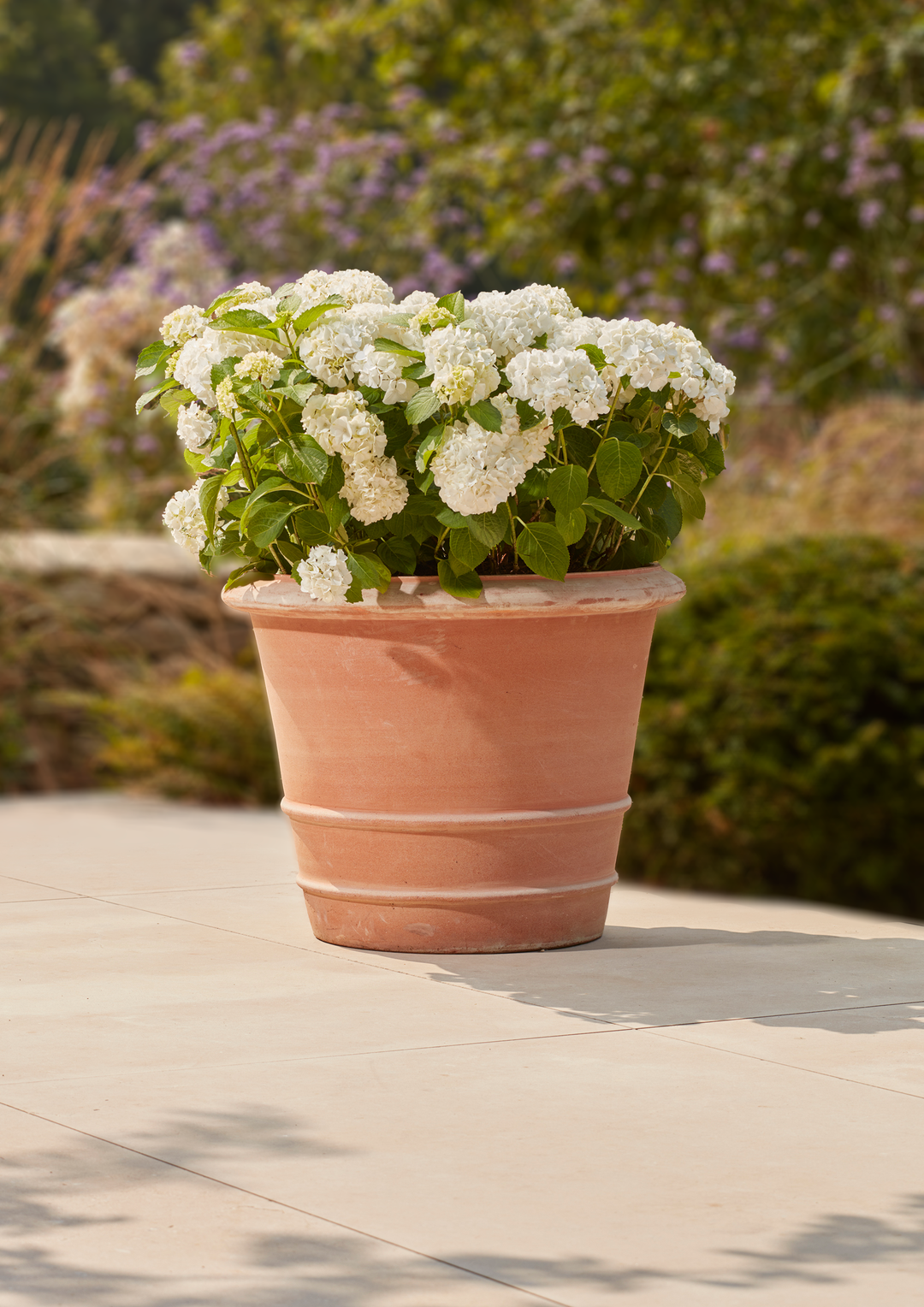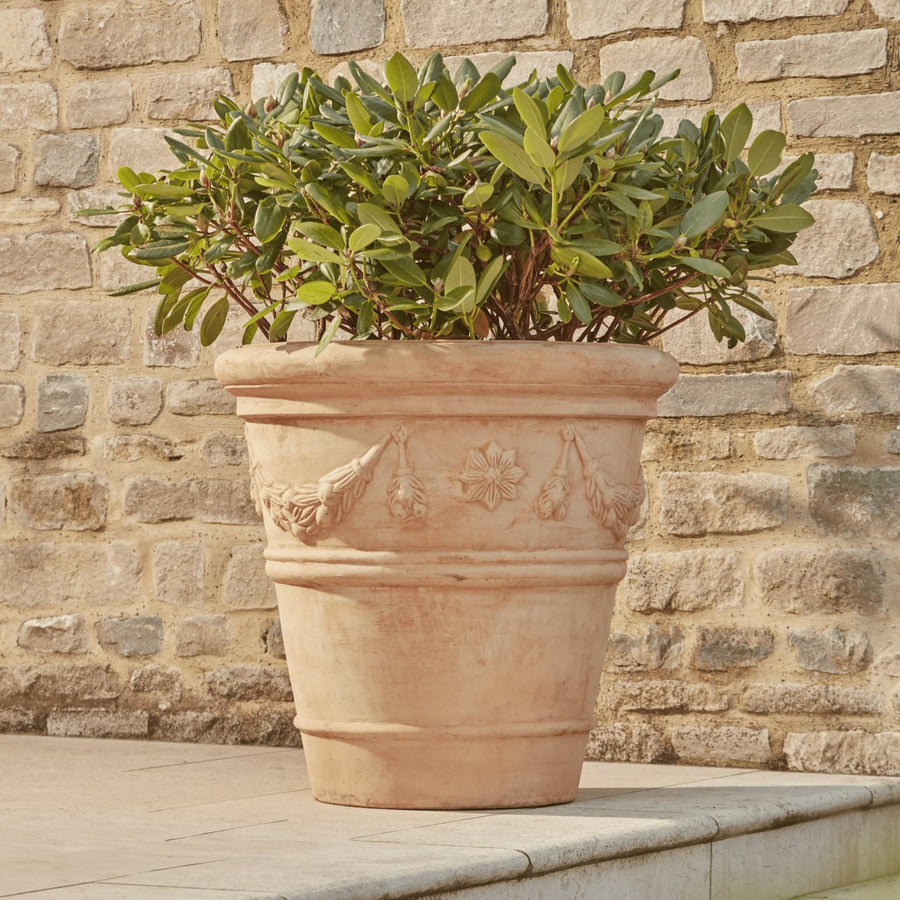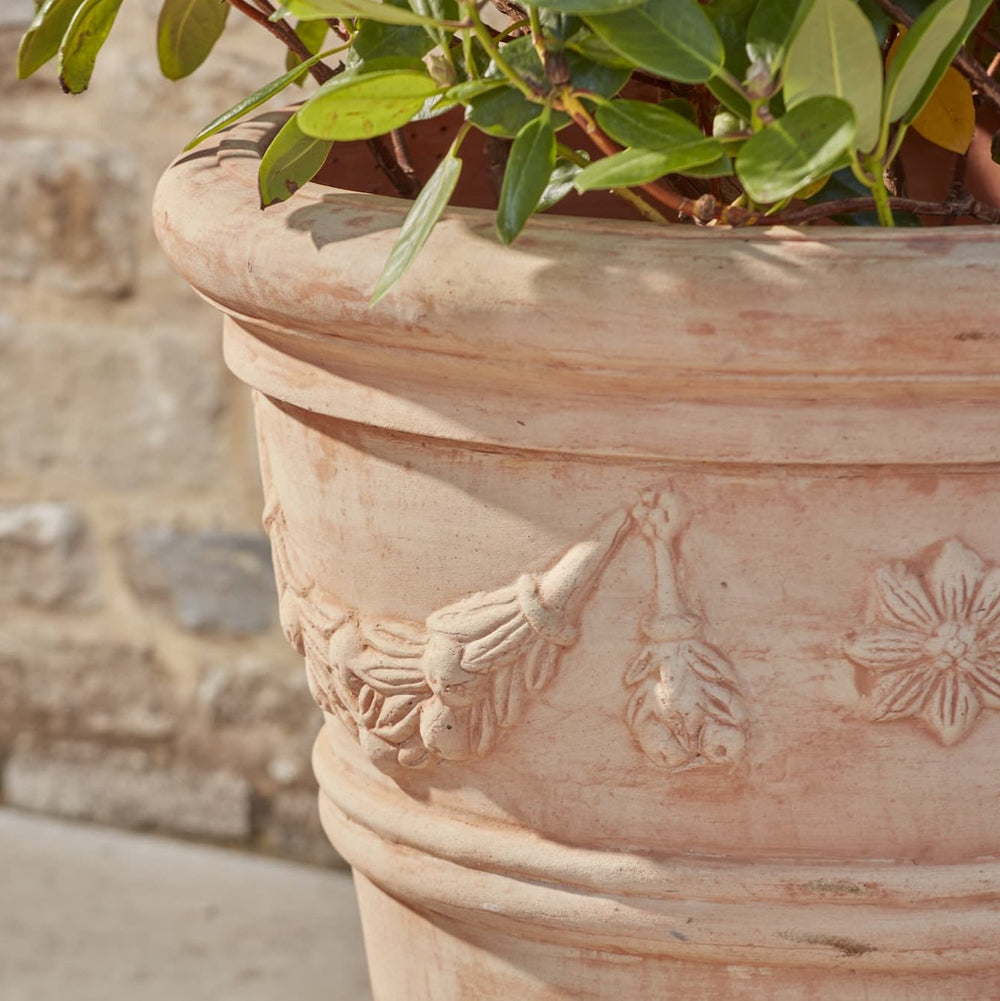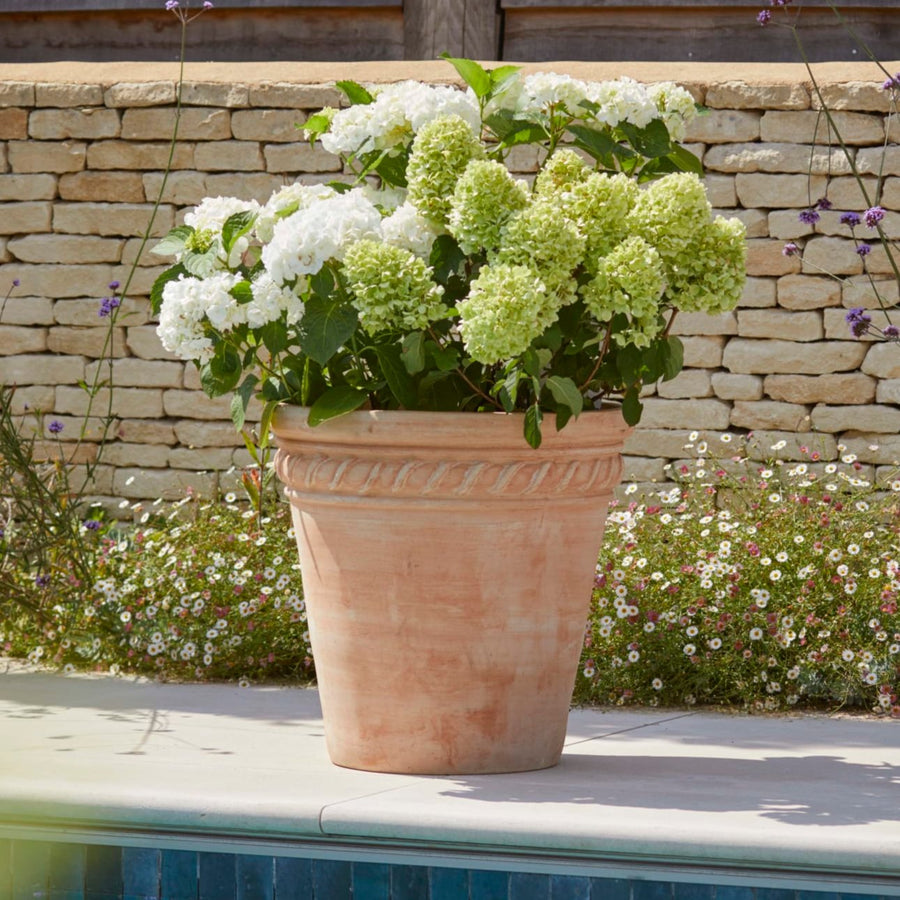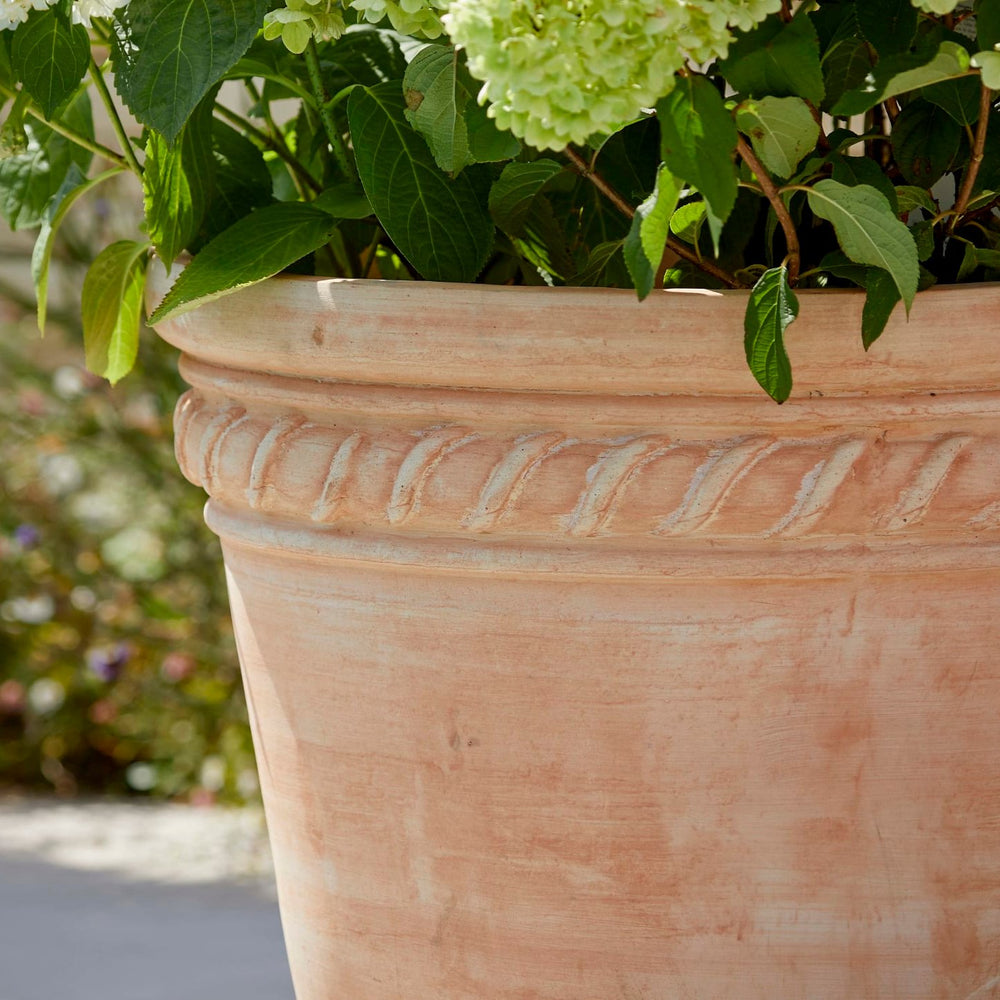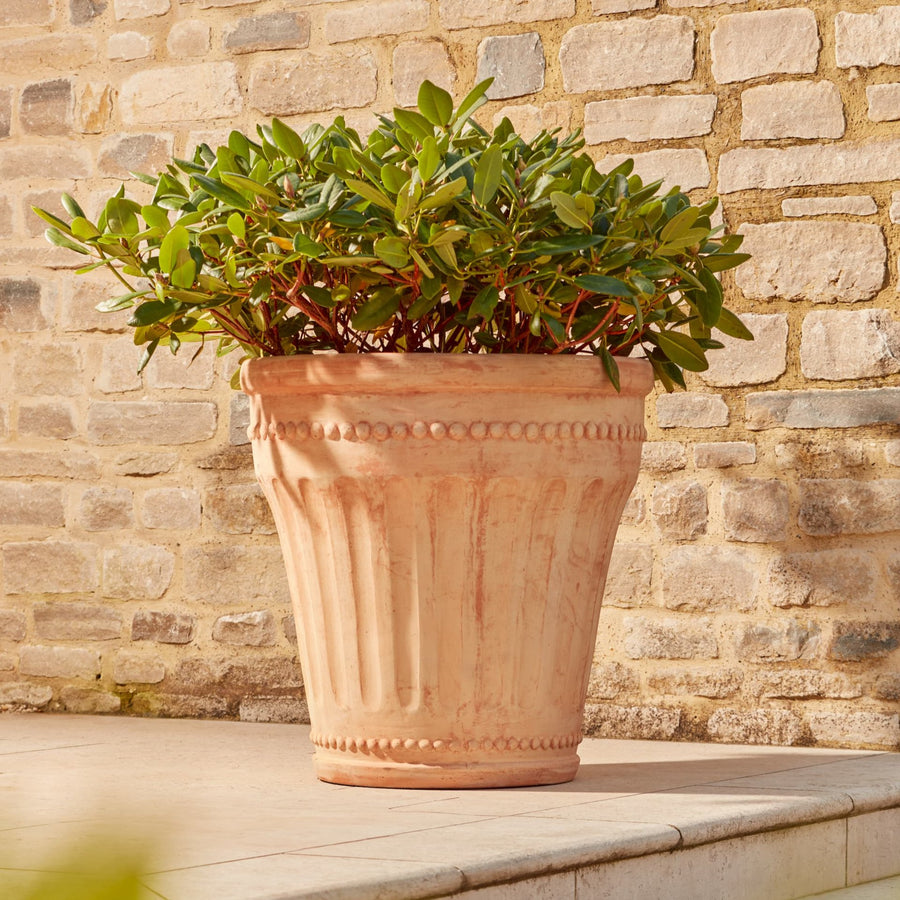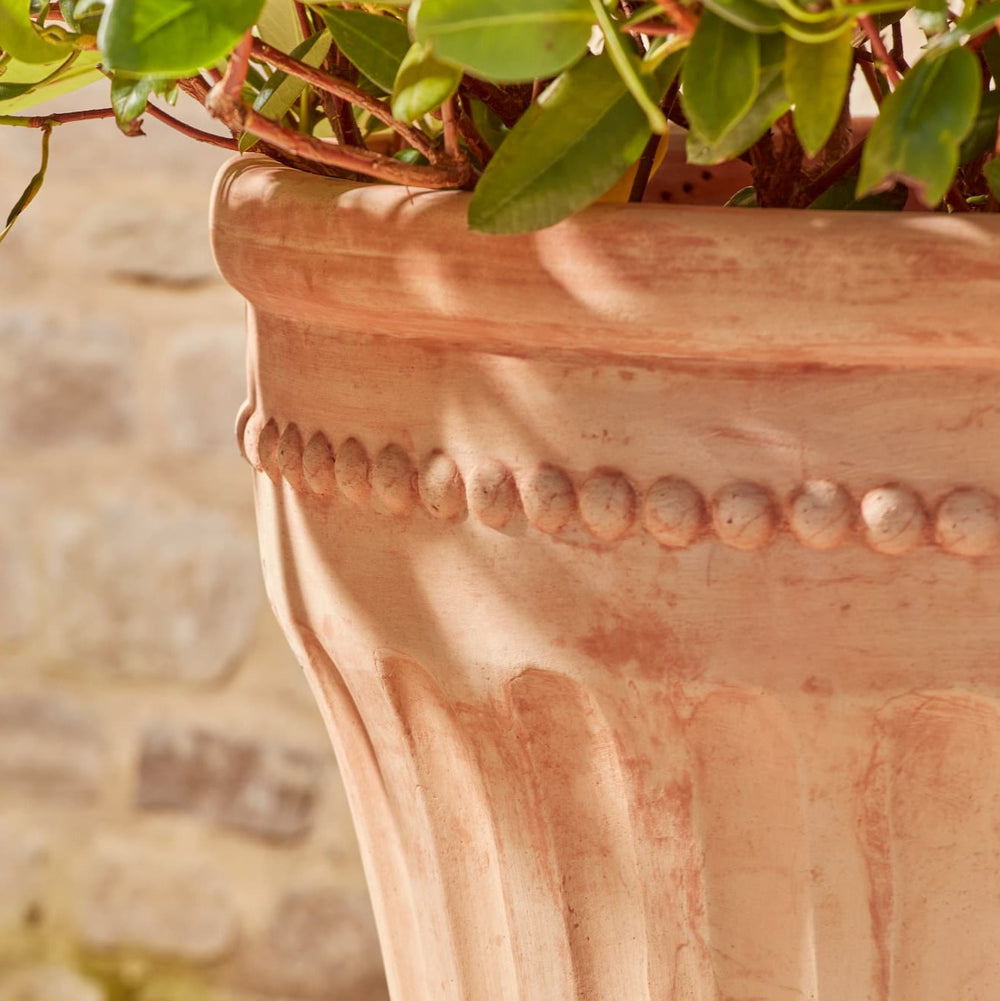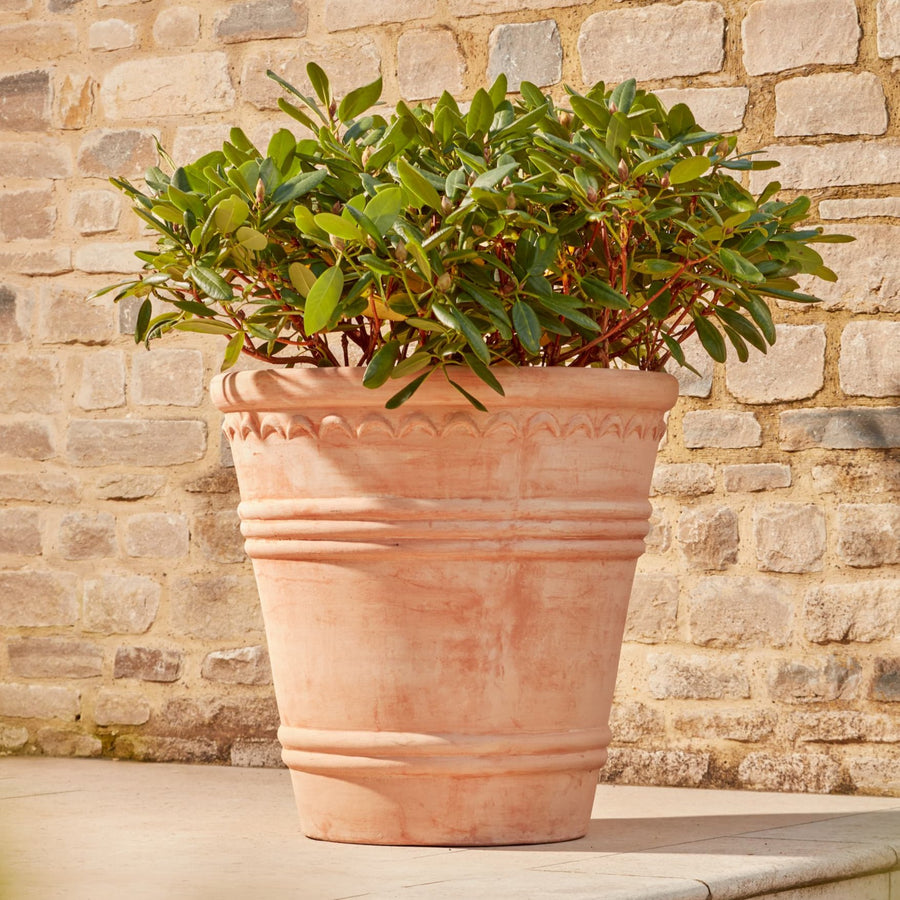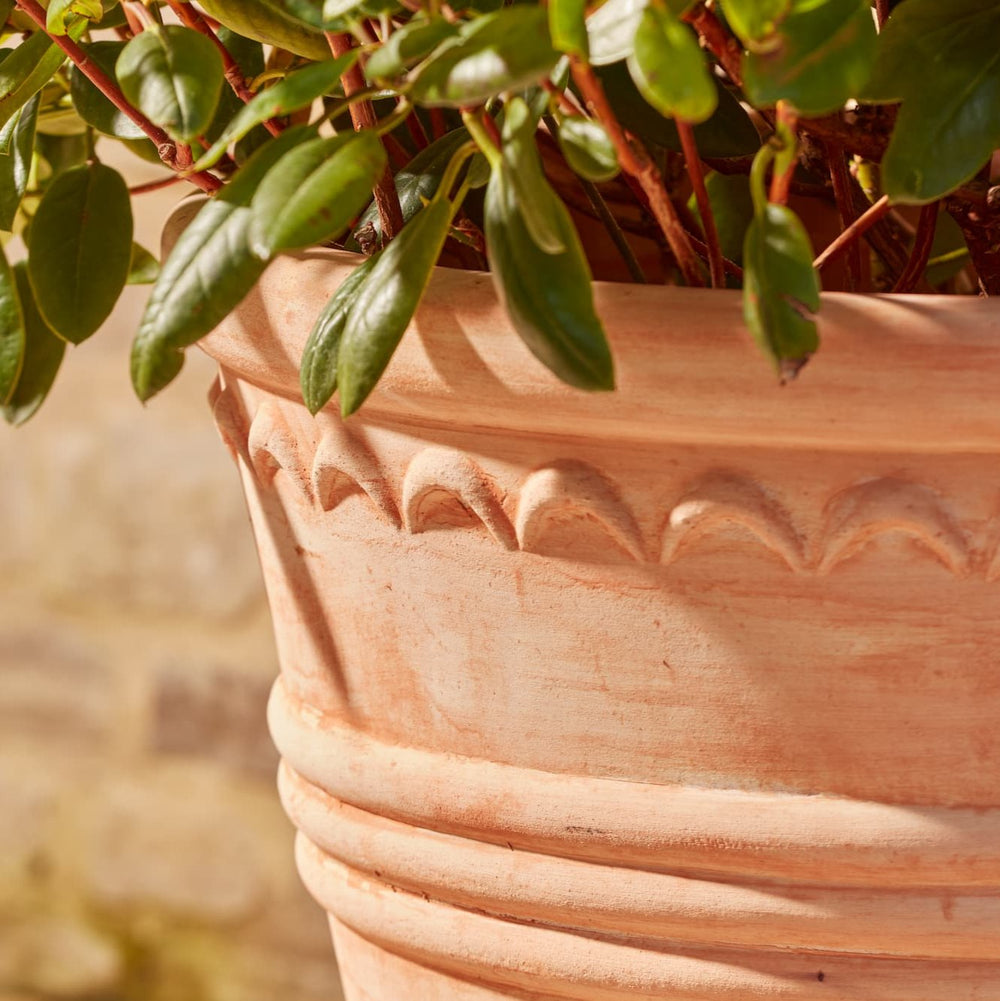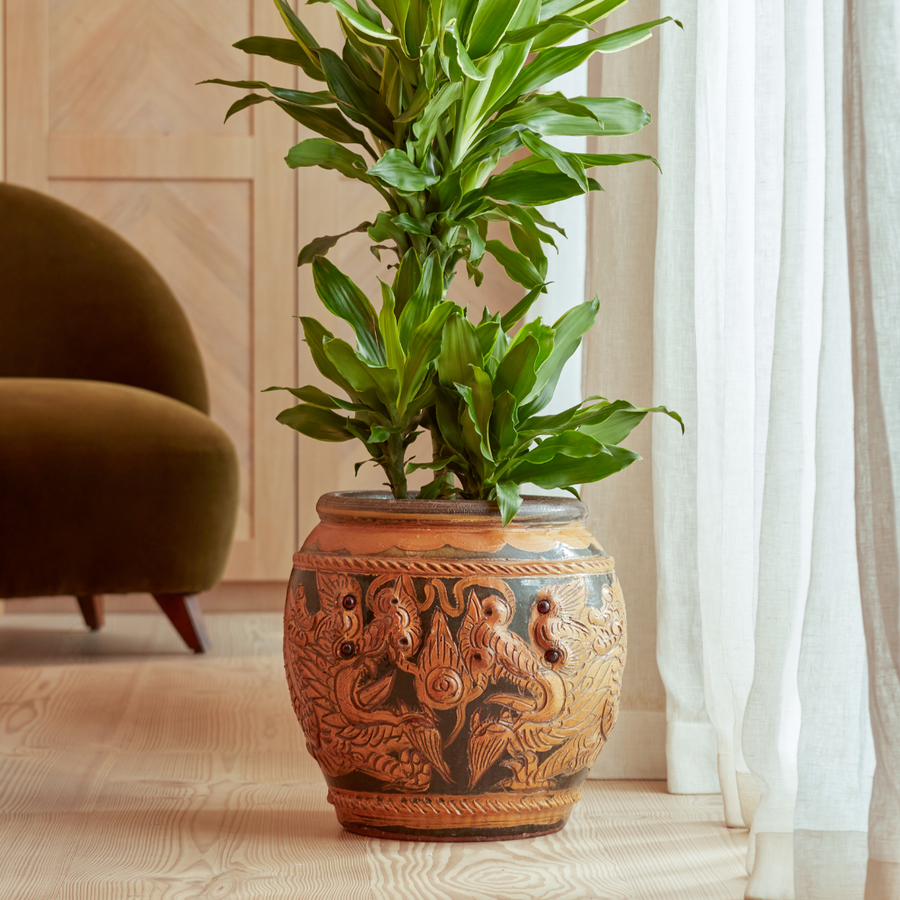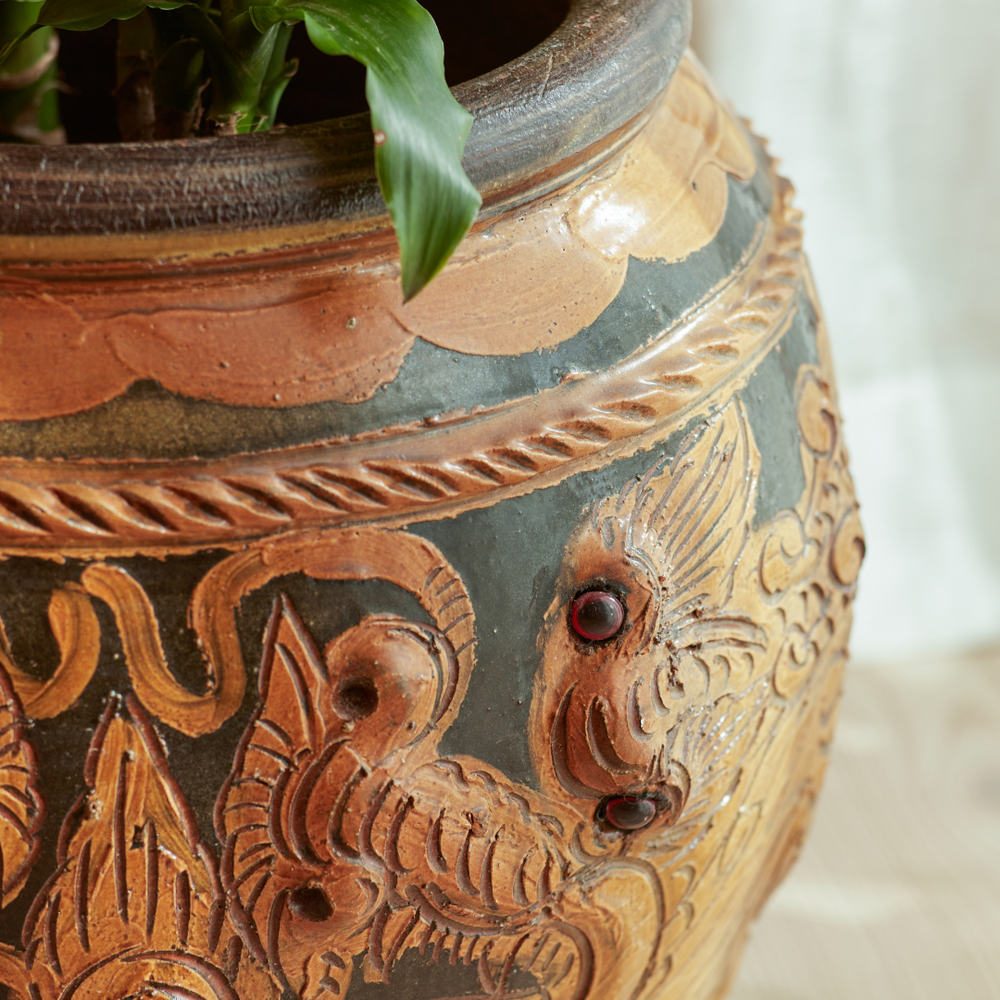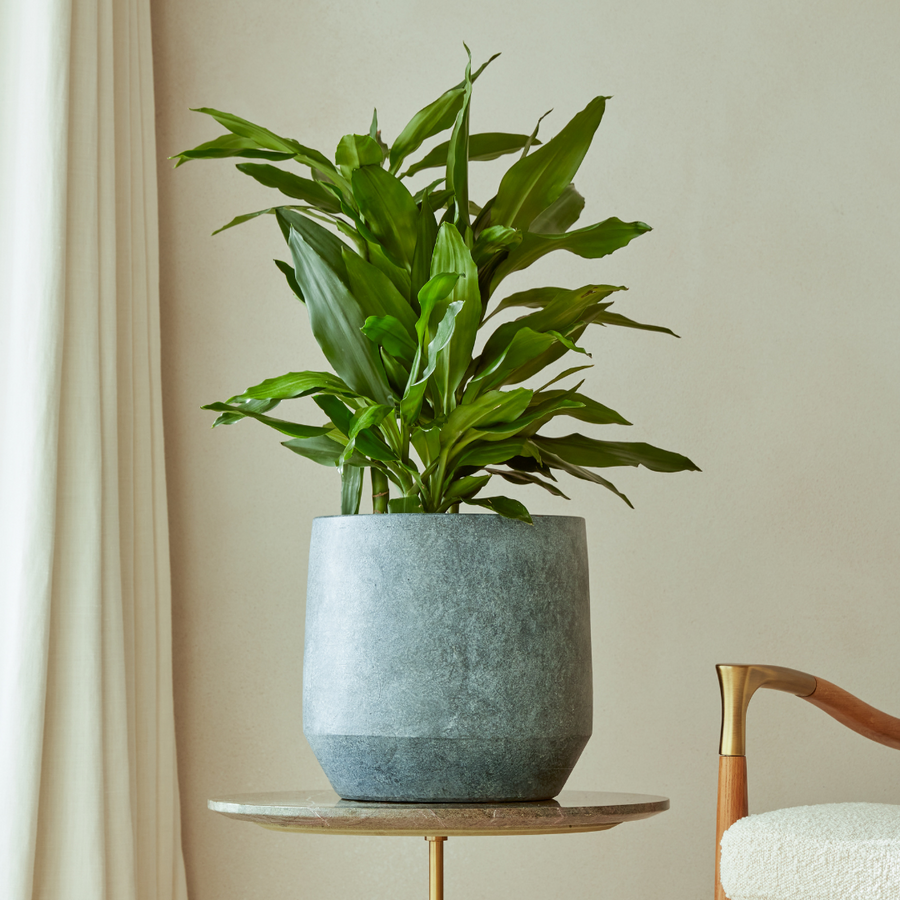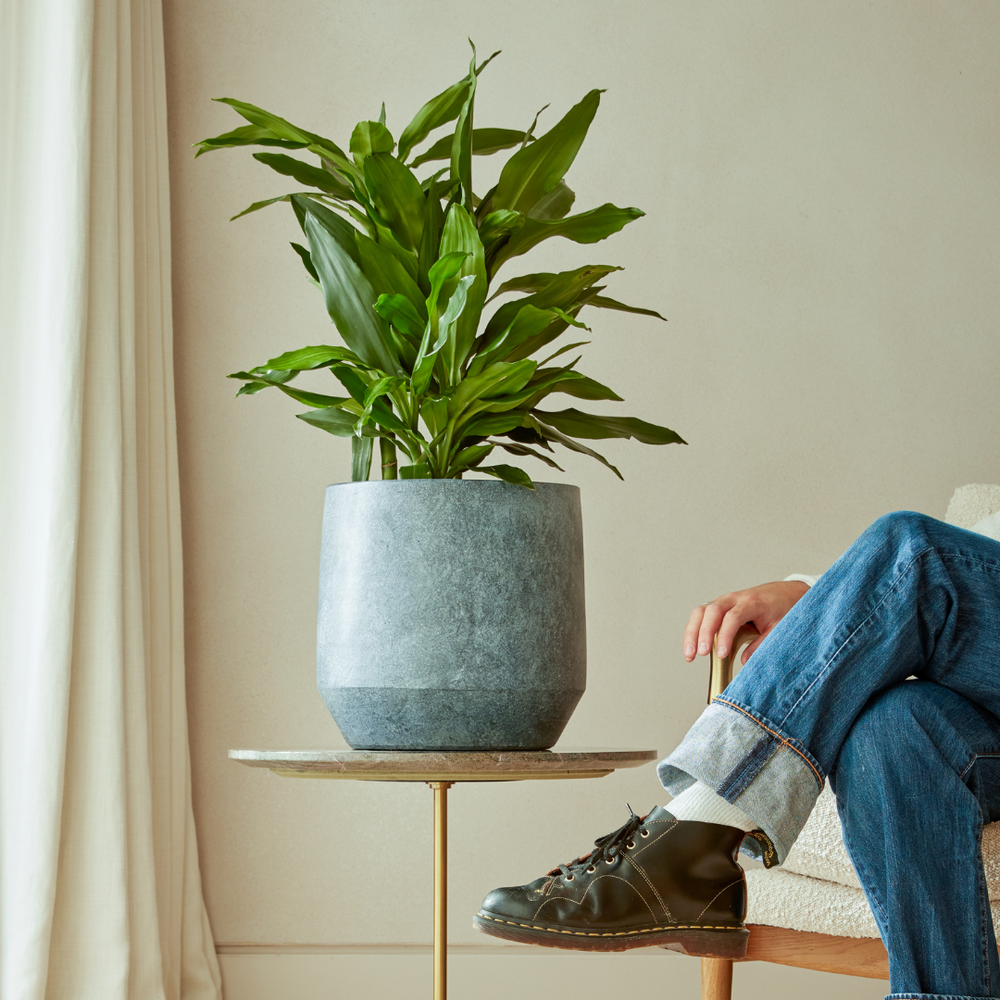How to choose the best feeder to attract different bird species to your garden
A well-positioned bird feeder is a wonderful addition to any outdoor space. Not only can they be used as a decorative feature in your garden, but they will attract birds for you to embrace and observe, as well as providing them with a reassuring and safe place to find food.
With so many designs of feeders to choose from, it can be difficult to know which one to buy. We have put together a few tips to consider when choosing.
Seed feeders
Seed feeders are one of the most popular type of feeders in our gardens. They come in various designs ranging from tubular feeding stations to hopper type feeders that can be hung from branches or posts.
They can be filled with various types of different seed mix like blended mixes and sunflower hearts. A tubular feeder comes with a number of feeding ports and perch where birds can feed.
A hopper designed feeder is equipped with a trough at the base for multiple birds to eat from. This feeder will keep the seeds well protected against bird droppings as well as wet weather. As the seeds don’t get wet, there are fewer chances of bacterial and fungal development.
Our new Hanging Wooden Bird Feeder is designed to make watching your favourite garden birds both easy and enjoyable.
One of the most used hanging feeders, they are adored by sparrows and chaffinches, and other small garden birds. These feeders usually discourage squirrels because the perches tend to be small and they are often made of plastic.
Peanut feeder
Peanuts need to be fed from a specific feeder so that birds cannot get at the peanuts whole which can lead to choking. Often cylindrical in design, peanut feeders are covered in a wire steel mesh which birds cling to whilst they peck the nuts in pieces to eat. The mesh has also good accessibility as birds can access anywhere along the feeder, meaning multiple birds can feed at once.
Peanuts attract a wide variety of birds including the tit family, green finches, nuthatches and woodpeckers.
Buying feeders made of metal helps keep squirrels at bay as they are harder to penetrate while hanging.
Fat ball/Suet Feeders
These are plastic coated wire holders designed to hold larger foods such as fat balls or suet treats while birds’ feed. Designed to take up to six fat balls at a time, these feeders are particularly useful for winter feeding so birds can build up their fat.
They have a wider mesh so birds can access the fat balls easily and attract birds such as nuthatches, wrens, jays, woodpeckers, tits, robins, sparrows and starlings.
Due to the wire mesh on these feeders, they are only suitable for fat balls as anything else would fall out.
Ground/table feeders
These feeders sit on the ground and are shallow bowls, allowing birds easy access.
Birds such as doves, pigeons, sparrows and goldfinches and cardinals are all likely to visit ground feeders and feast on mealworms and peanuts. They can also used as bird baths for avian visitors to have a soothing drink in summer or to bathe and clean their plumage.
Ground feeders should be placed in open areas at least 10 feet from the nearest tree or shrub to give birds a chance to escape predators.
Our Three Frogs Table Bird Feeder allows birds to either bathe or graze on food.
Bird tables
Wooden bird tables are both a natural and an attractive choice. Opt for one that has a smooth and straight post, as this makes it harder for predators such as cats and squirrels to climb, as they have little to grip on.
Bird tables provide an elevated platform for bird to feed from with a 360° view of approaching predators. A table also means there is no limit on the food that can be put out, this is an easy way to put out kitchen scraps and bird food of any type.
Our Natural Wooden Standing Bird Feeder brings an attractive traditional design and a quintessential British addition to your garden.
Cleaning
One important part of feeding birds that is commonly overlooked is cleaning your bird feeder. The most likely place for diseases to spread amongst the birds in your garden is at feeders and feeding stations. We recommend you clean your feeders, feeding stations and bird tables every 2 weeks.
Make sure you always wear rubber gloves when cleaning your bird feeders, as some diseases can affect humans too. Empty the contents of the feeder and dispose of it then scrub the feeder inside with a mild, diluted disinfectant.
Be sure to check our new wildlife range to make your garden rich with nature.




